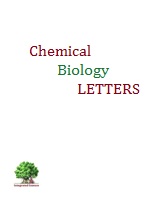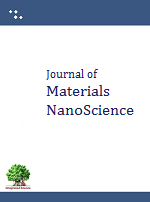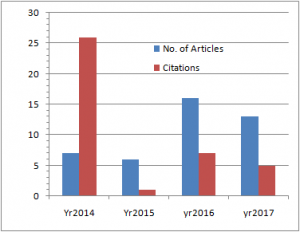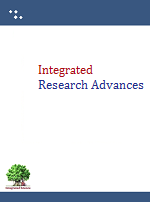Medicinal plants are the important source of potentially useful chemotherapeutic agents which have made enormous contributions to human health and well-being. The bacteria, fungi, virus, etc have developed resistance against available drugs. The secondary metabolites of the variety of plants can serve as major source for the development of new drugs for the treatment of different diseases and infections. Depending upon the bioactive constituents present in the plant sample, these metabolites are extracted by different methods including most recent soxhlet, microwave, ultrasound, supercritical fluid, etc extractions. The different groups of secondary metabolites with their structural variations, chemical extraction methods and their potent biomedical applications have been discussed in this review.
Source:: http://www.pubs.iscience.in/journal/index.php/jbts/article/view/772















